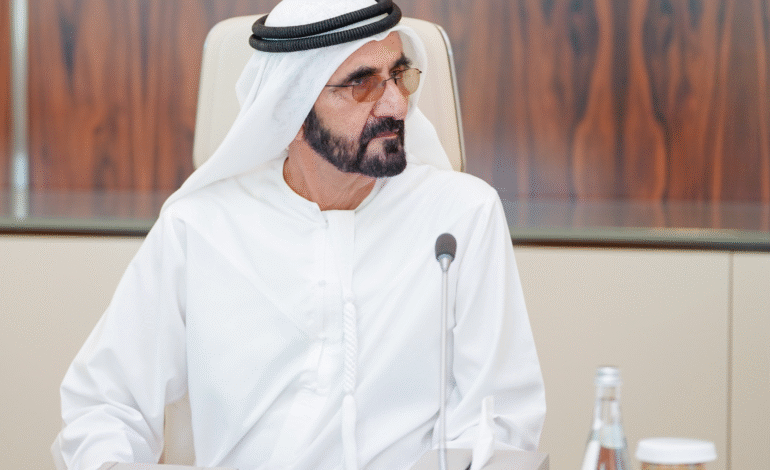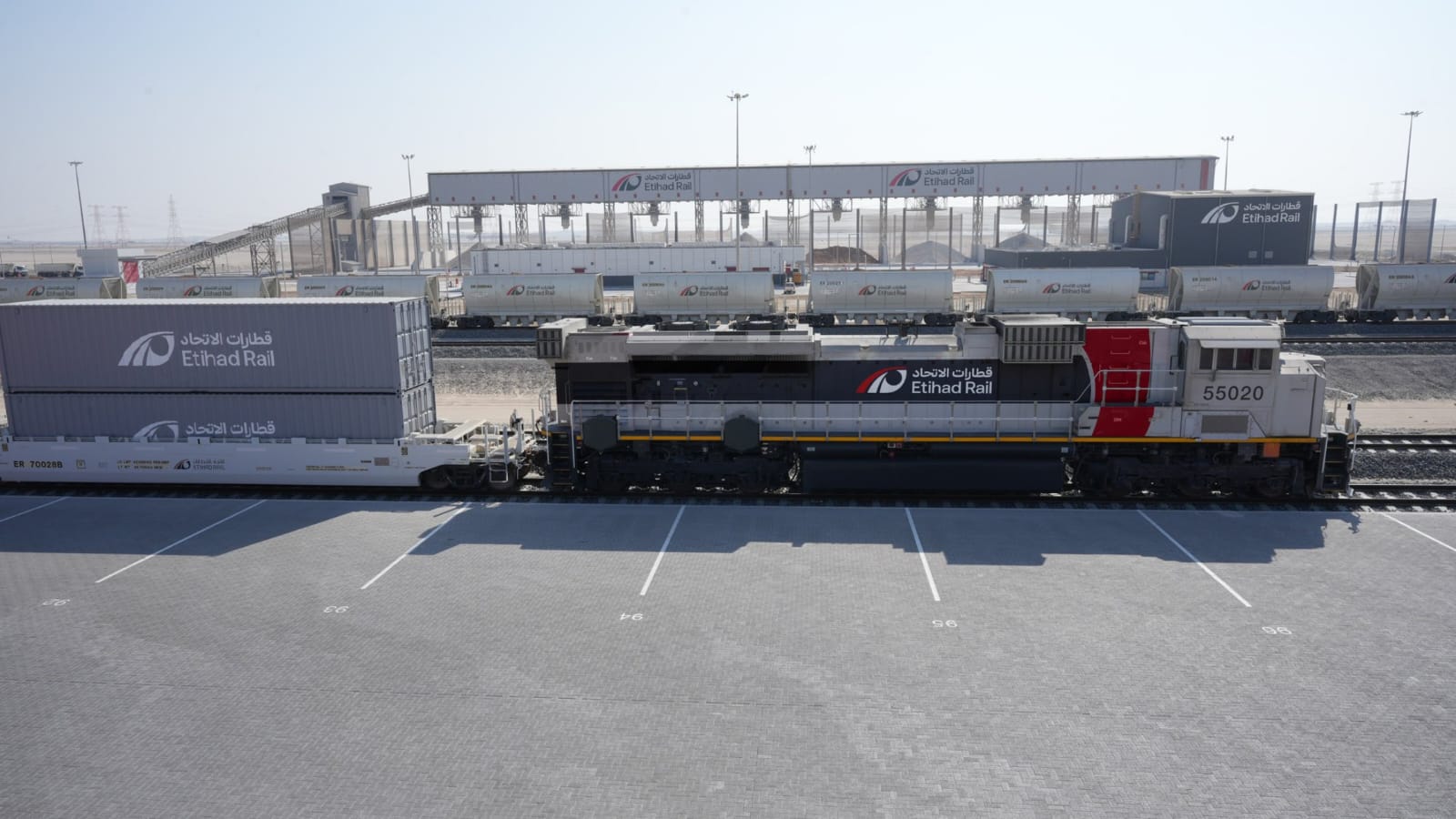Dubai, globally recognized for its rapid urban expansion and futuristic infrastructure, continues to fortify its development model through legal innovation. The emirate’s latest initiative—a comprehensive reform of land laws concerning property allocated to public institutions—marks a transformative shift in the way government-owned land is managed and utilized. This legislative overhaul is a crucial step toward maximizing the efficiency of land resources while aligning with Dubai’s strategic goals for sustainable urban growth and governance.
As Dubai positions itself at the forefront of innovation and smart development, this legal move underscores the city’s commitment to transparency and long-term planning. The new regulations offer a robust framework for property ownership and usage rights among public institutions, aiming to correct historical ambiguities and inefficiencies while enabling proactive asset management. Through this reform, the emirate continues to demonstrate its readiness to align legal infrastructure with its bold vision for the future.
Legislative Framework and Scope of Application
The new land laws are specifically tailored to govern property plots assigned to public institutions such as ministries, government departments, universities, hospitals, and semi-government entities. A pivotal component of this reform is the formalization of property rights, including clear guidelines on land use, title registration, and conversion procedures from allocated land to fully titled property.
Historically, many public institutions operated under temporary allocations, leases, or administrative directives that lacked legal clarity. Such arrangements often led to inefficiencies, stalled development, and disputes over jurisdiction. The new framework addresses these gaps by mandating official registration, establishing usage classifications, and empowering the Dubai Land Department (DLD) to oversee land audits, approve title changes, and facilitate regulatory compliance across the board.
In coordination with the Real Estate Regulatory Agency (RERA), the DLD is now responsible for implementing this updated legal structure, ensuring all public-sector land holdings are documented and managed in accordance with the emirate’s strategic development plans.
Strengthening Institutional Autonomy in Property Management
One of the most impactful elements of the new law is the empowerment it grants to public institutions regarding property management. Unlike previous constraints that limited flexibility, the updated legal provisions give institutions greater authority over how they utilize, develop, and invest in their allocated land assets.
This legal flexibility allows, for instance, a public university occupying land designated for academic purposes to pursue freehold ownership, expand facilities, or enter into public-private partnerships—subject to regulatory oversight. This shift not only enhances operational efficiency but also enables institutions to respond to evolving societal needs and technological advancements with agility.
Such autonomy is particularly vital for sectors like education, healthcare, and innovation, which are central to Dubai’s long-term vision. By providing institutions with the legal tools to manage their land resources proactively, the reform encourages more dynamic and self-sufficient governance structures across the public sector.
Legal Transparency and Property Title Standardization
Ambiguities in institutional land ownership have historically hindered the efficient use of public assets. To address this, the reform introduces rigorous title standardization and legal transparency measures. Every land parcel allocated to a public institution must now be formally recorded within the Dubai Land Department’s centralized registry.
Each registered property will include comprehensive data such as land classification, approved use, titleholder information, and any legal conditions attached. Informal allocations, letters of intent, or outdated decrees will no longer suffice as legal proof of ownership or control. Institutions are now required to hold valid documentation and comply with regulatory processes for title renewals, conversions, or reassignments.
Moreover, the law introduces dedicated legal channels for dispute resolution concerning institutional properties. This ensures that conflicts over boundaries, usage rights, or jurisdictional overlap are settled efficiently and transparently. The net result is a clearer, more accountable real estate environment for public-sector entities.
Aligning with the Dubai Urban Master Plan 2040
This legislative update is intrinsically linked to the goals outlined in the Dubai Urban Master Plan 2040—a strategic vision designed to shape the emirate’s development over the next two decades. By codifying land ownership and usage rights for public institutions, the new law ensures alignment between individual organizational goals and city-wide planning priorities.
Institutional infrastructure projects—including hospitals, schools, research centers, and public transport facilities—can now be more effectively coordinated within designated urban zones. This alignment supports resource optimization, avoids duplication, and ensures that development proceeds in harmony with population growth, mobility needs, and sustainability targets.
In addition to enabling more coherent development, this clarity in land ownership and usage supports data-driven governance. With a centralized registry, urban planners gain access to real-time data on institutional land usage, allowing for more informed policy decisions and strategic forecasting.
Economic Impact and Investment Opportunities
The restructured legal framework is also set to deliver significant economic benefits. By reducing ambiguity and reinforcing property rights, the law increases institutional credibility and lowers perceived risk for potential partners and investors. This paves the way for new joint ventures, asset monetization strategies, and infrastructure projects.
Institutions now have the ability to leverage underutilized land holdings for strategic development. For instance, a public hospital could partner with a private developer to construct medical facilities, research labs, or even residential accommodations for staff. Similarly, universities may pursue partnerships to develop integrated campuses featuring academic, residential, and commercial components.
These opportunities are particularly relevant in high-growth sectors where demand for infrastructure continues to outpace supply. The law thus serves as a catalyst for economic diversification, encouraging innovation in how public assets are used and financed while reducing dependence on government funding.
Digital Governance and Real-Time Oversight
Dubai’s emphasis on digital transformation is deeply embedded in the new land law. As part of the reforms, all institutional property data must now be integrated into the emirate’s real estate blockchain platform, ensuring secure, real-time updates on land ownership and transactions.
This digital approach enhances both transparency and regulatory oversight. Authorities can instantly verify property titles, monitor usage compliance, and identify discrepancies between registered data and on-the-ground activities. Digital integration also minimizes bureaucratic delays, allowing institutions to process approvals, amendments, and transfers more efficiently.
Furthermore, the law mandates that institutions submit annual reports detailing land usage and condition. These reports are integrated into Dubai’s broader digital governance infrastructure, supporting performance analysis, trend tracking, and inter-agency benchmarking.
Institutional and Expert Reactions
The new law has received widespread support from public-sector leaders, legal professionals, and real estate experts. Many have hailed the reforms as a pivotal advancement in modernizing public asset governance. By providing legal clarity and encouraging operational autonomy, the law is expected to unlock institutional potential and accelerate development timelines.
Government officials emphasize that the reform aligns with both the UAE Vision 2031 and Dubai’s ongoing strategy to be a leading global destination for investment and innovation. Legal consultants point out that the law provides institutions with the tools they need to manage complex real estate portfolios while maintaining regulatory compliance.
Industry analysts from global firms like Knight Frank and CBRE also highlight the law’s positive impact on investor confidence, particularly in the context of mixed-use and infrastructure development projects involving public land.
Global Comparisons and Strategic Implications
Dubai’s land reform brings it in line with global urban centers such as London, Toronto, and Singapore, where public institutional land is governed under structured, codified legal frameworks. These cities typically operate centralized registries, mandate periodic land audits, and enforce strict compliance protocols to ensure optimal land use.
By adopting a similar legal infrastructure, Dubai strengthens its position as a forward-thinking city capable of adapting to future challenges. The law integrates the emirate’s physical development with its digital governance capabilities, creating a holistic model of smart city management.
This legislative alignment with international standards also boosts Dubai’s appeal as a business and investment destination. Institutions operating under a clear legal framework are better equipped to participate in global partnerships, attract funding, and deliver impactful public services.








